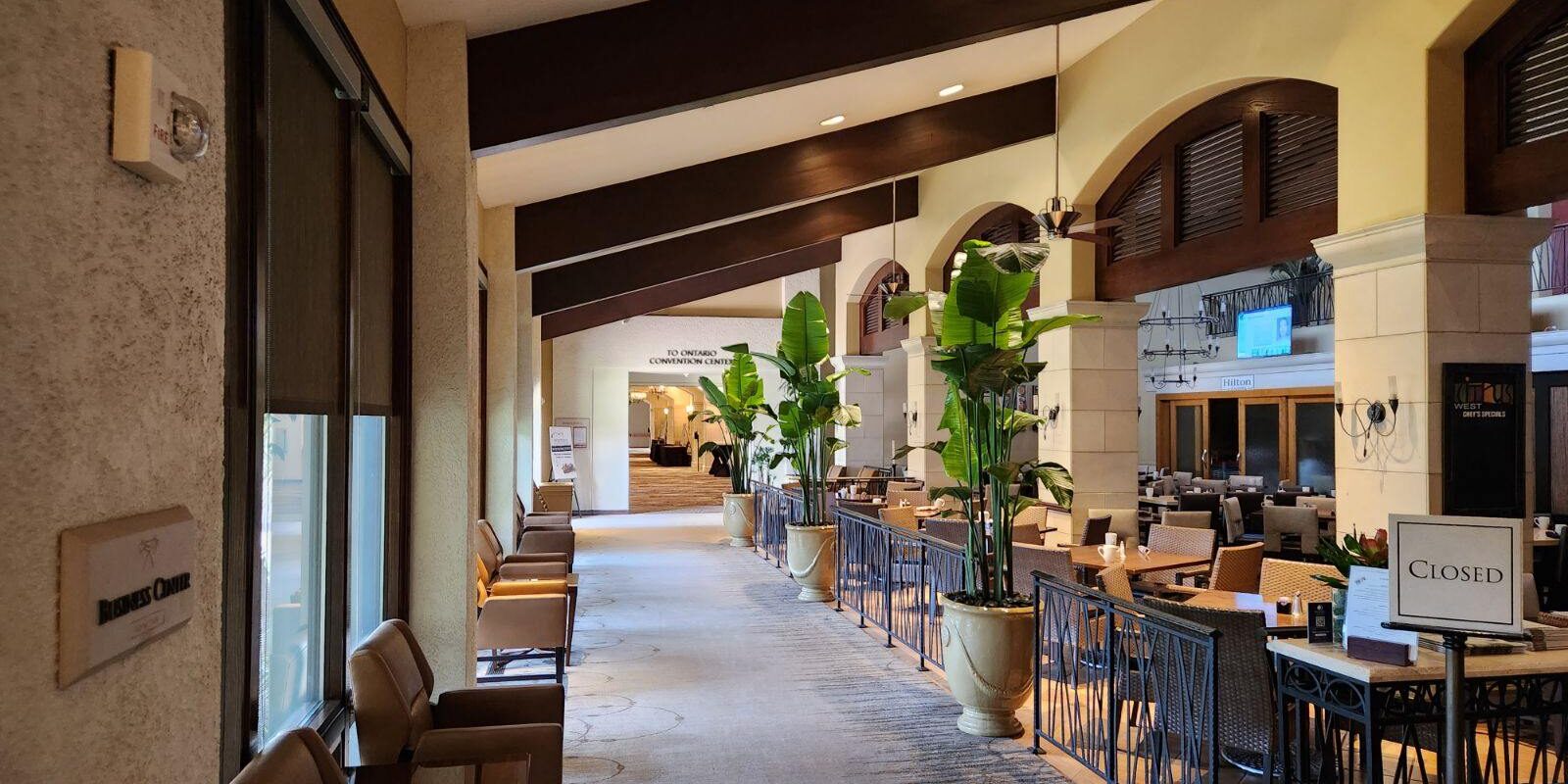There’s something calming and invigorating about entering a space adorned with lush greenery. Plants have the power to inspire feelings of calm, serenity, and nature’s magic that are instantly soothing. Interior designers, mental health specialists and environmental scientists all tout the benefits of adding plants into our home and offices; here is an exploration into why you may wish to add some green to your surroundings.
1. Improved Air Quality
The NASA Clean Air Study, one of the most frequently-cited research on this topic, demonstrated the impressive ability of houseplants to purify indoor air. Certain plants have been found to absorb pollutants such as benzene formaldehyde and trichloroethylene which help purify our atmosphere as well as improving overall health and well-being for those residing or working within that environment.
2. Increased Humidity
Plants produce moisture through a process known as transpiration, increasing humidity in their surroundings. During colder months or air-conditioned spaces, this can be especially helpful in relieving dry skin issues, respiratory difficulties and cold symptoms.
3. Stress and Anxiety Reduction
Plants have long been recognized for their therapeutic qualities. Studies have revealed how indoor plants can significantly lower stress, anxiety and depression levels in homes and offices alike. Workers report feeling more relaxed and focused with greenery around. Simply put, plants make spaces feel more welcoming while simultaneously contributing to overall improvements in mental wellbeing.
4. Increased Productivity and Creativity
Plants don’t just improve aesthetics and well-being; they’re also proven to enhance brain function. According to research from the University of Exeter, workspaces featuring plants experienced a 15% boost in productivity due to increased oxygen levels and reduced CO2, helping improve concentration and memory as well as inspiring creativity through fresh perspectives and fresh new ideas.
5. Natural Noise Reduction
Plants make an unexpected but useful noise-suppressors. Their presence can help buffer background noises in busy offices or homes located close to busy streets, providing more conducive environments and reduced distractions for improved concentration and reduced distractions, leading to a more conducive workspace or restful home environment.
6. Therapeutic Gardening
Caring for plants–watering, pruning or transplanting–can be used as a form of therapy. Dubbed horticultural therapy, taking care of plants has been used as part of rehabilitation treatments for various conditions by providing purpose, responsibility and accomplishment in daily tasks that restore physical well-being.
7. Aesthetic Appeal
Beyond physical and mental health benefits, plants simply add beauty to interior spaces. Their vibrant colors and unique forms serve as natural decor that add vibrancy to dull interiors – be it minimalistic decor with one potted plant or lush indoor jungle environments – plants will complete any design scheme beautifully.
8. Improved Sleep Quality
Certain plants such as lavender and jasmine have long been recognized for their ability to enhance the quality of your restful nights, offering relaxation through soothing aromatherapy scents that reduce anxiety and promote peace and restfulness during sleep. Furthermore, snake plants release oxygen at night which could improve air quality during sleeping hours. Suggested Reading on Selecting the Appropriate Plant for Your Space
Indoor plants offer many advantages; however, it’s crucial that you choose the appropriate one for your environment:
* Lighting: To select plants suitable for your home or office environment, consider lighting levels when making your selections. Snake plants and ZZ plants work well in low-light spaces while succulents and cacti need plenty of sun exposure.
* Maintenance: For beginners or busy schedules, starting with low-maintenance plants such as pothos or philodendron is advised, before slowly expanding your knowledge by exploring more difficult plants as your green thumb matures.
*Space: When selecting plants for your space, take into account its dimensions. Larger potted plants make striking focal points in large rooms while compact potted ones may work better in apartments and on compact desks.
Conclusion: Integrating plants into homes and offices goes far beyond interior design trends; it’s an investment in our well-being, productivity, and connection with nature. As urbanization becomes ever more prevalent and we become further detached from nature, indoor plants serve as a reminder of its beauty while reminding us about all it offers us. So when considering an upgrade for decor or productivity purposes, look no further than an elegant potted plant as a solution!







